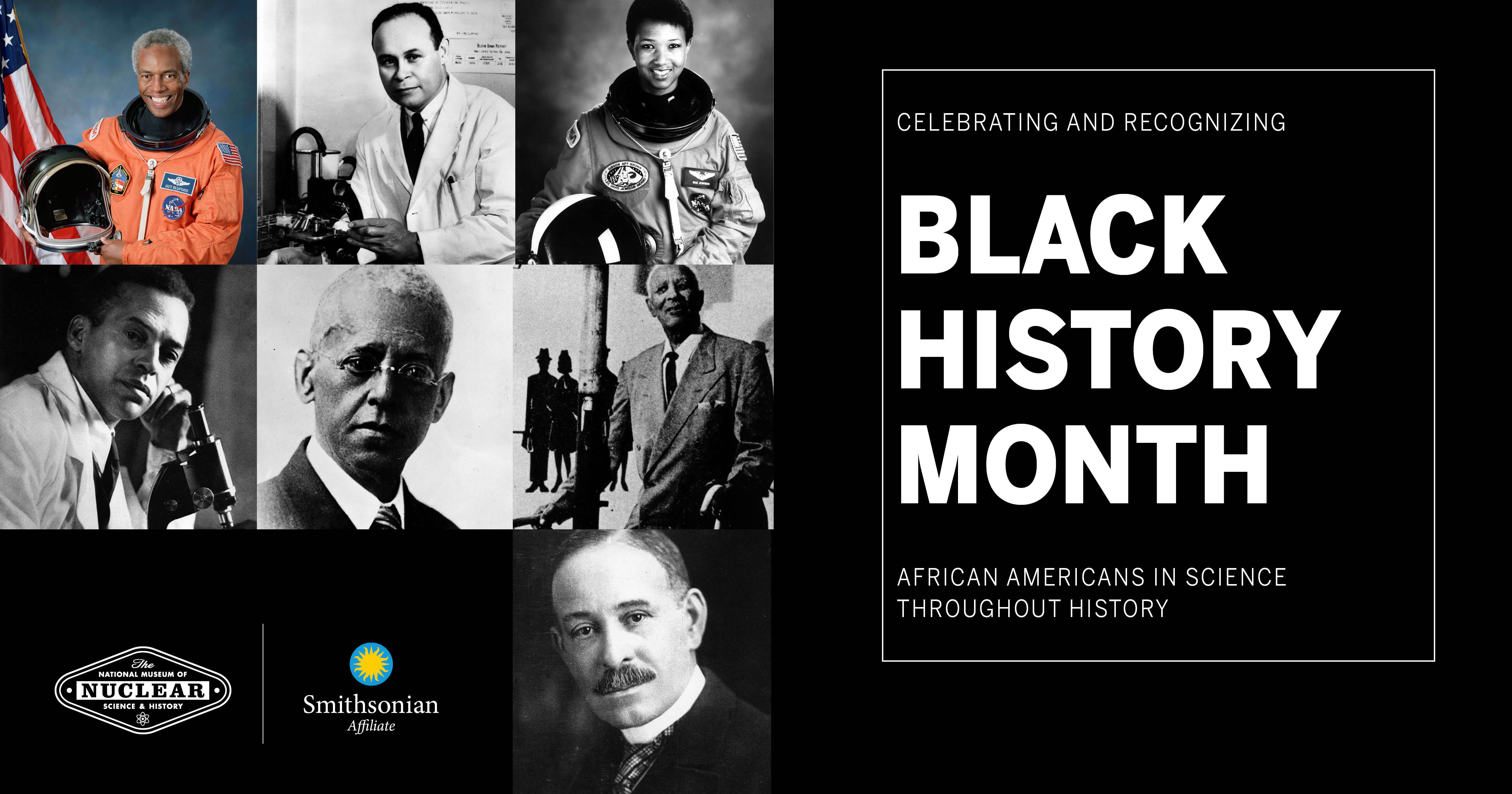
Special Exhibit at The National Museum of Nuclear Science & History Honors Contributions Of African American Scientists
The National Museum of Nuclear Science & History will debut a new exhibit in February, dedicated to the scientific contributions and achievements of African Americans in science, technology, engineering, and math (STEM).
From the invention of the three-light traffic light to the first open-heart surgery on a human, African American mathematicians, scientists, and inventors have contributed broadly to our nation’s greatness and helped change our world.
The poster exhibition in the museum's Periodic Hall showcases individuals like Dr. Charles Richard Drew, a renowned surgeon, and pioneer in the preservation of life-saving blood plasma, who organized America's first large-scale blood bank to Dr. Mae Carol Jemison, an engineer, physician, and former astronaut who became the first black woman to travel into space aboard the Space Shuttle Endeavor.
"We are honored to highlight the achievements and contributions of these outstanding individuals," said Jennifer Hayden, Museum Executive Director. "We hope this exhibit will offer new and inspirational role models for future generations."
Lisa Guida, M. Ed., Director of Education at the Museum of Nuclear Science & History collaborated with museum curators to gather information about the featured scientists.
"Black History Month is the perfect time for students and community members to celebrate the incredible achievements of African Americans in STEM throughout history," said Guida. "I am grateful that the Museum recognizes the amazing contributions that African American people have made in helping advance STEM fields."
The Black History Month exhibition is included with the price of admission to the museum. This special exhibition will be on display at the National Museum of Nuclear Science & History throughout February.